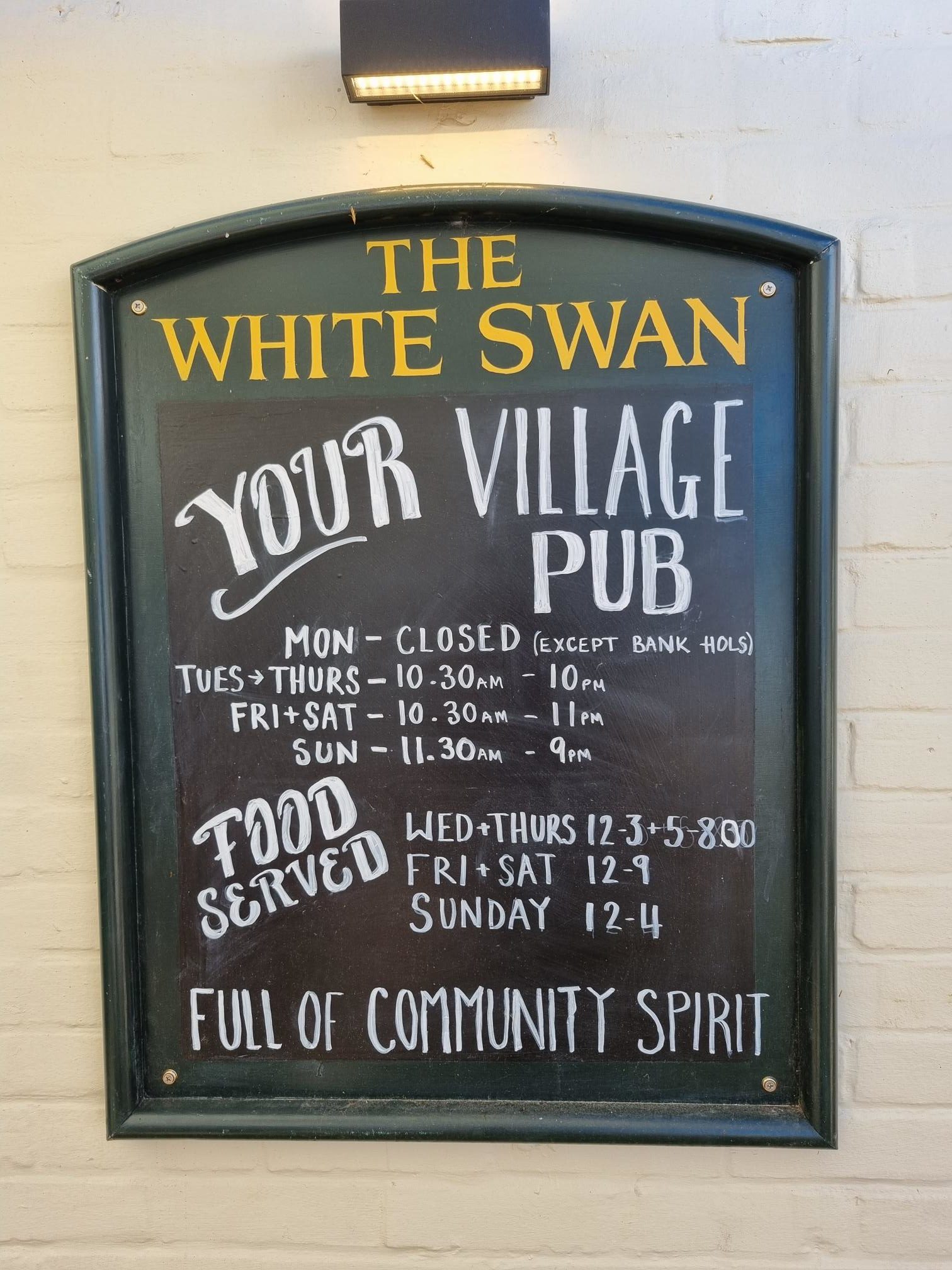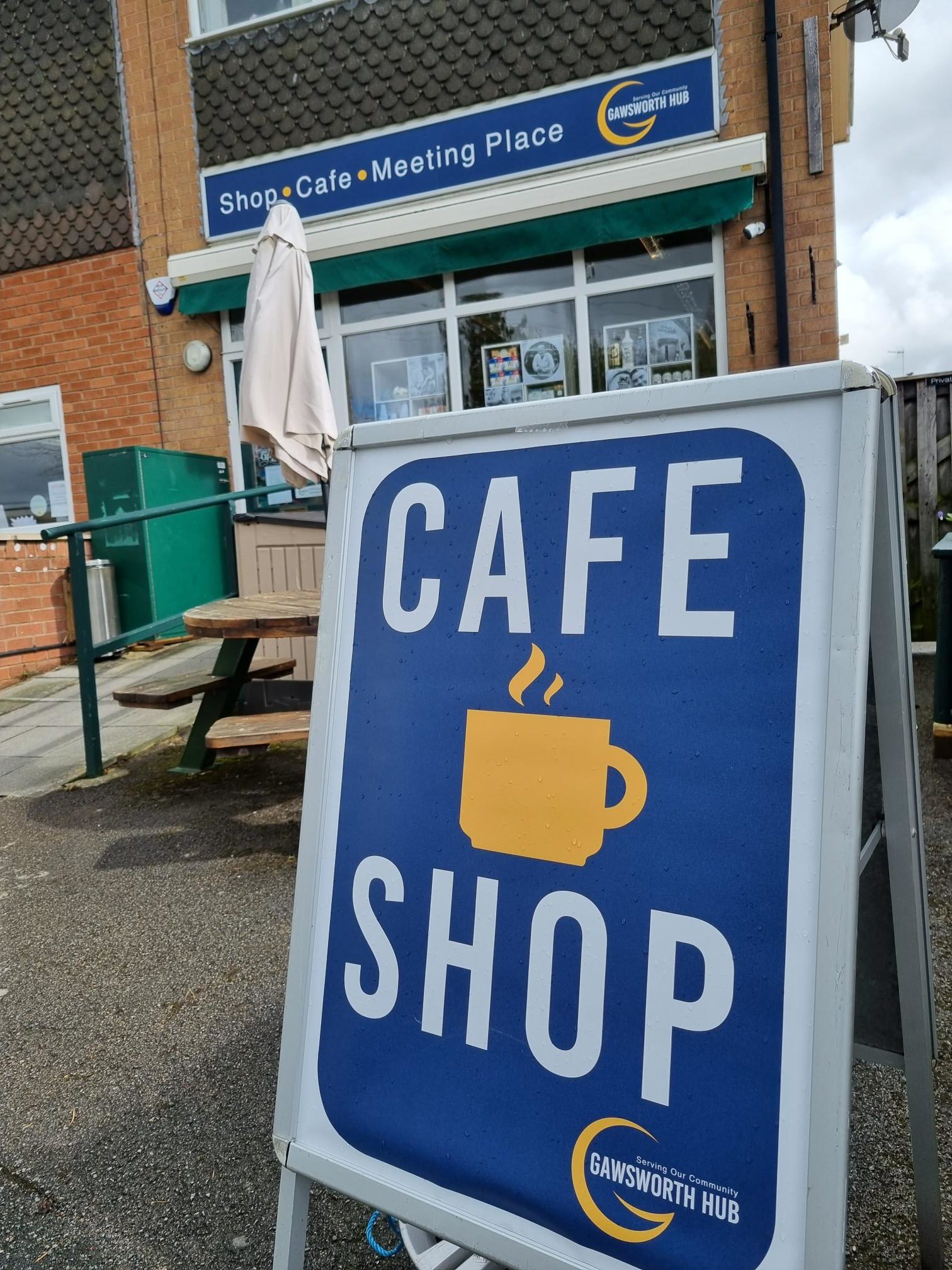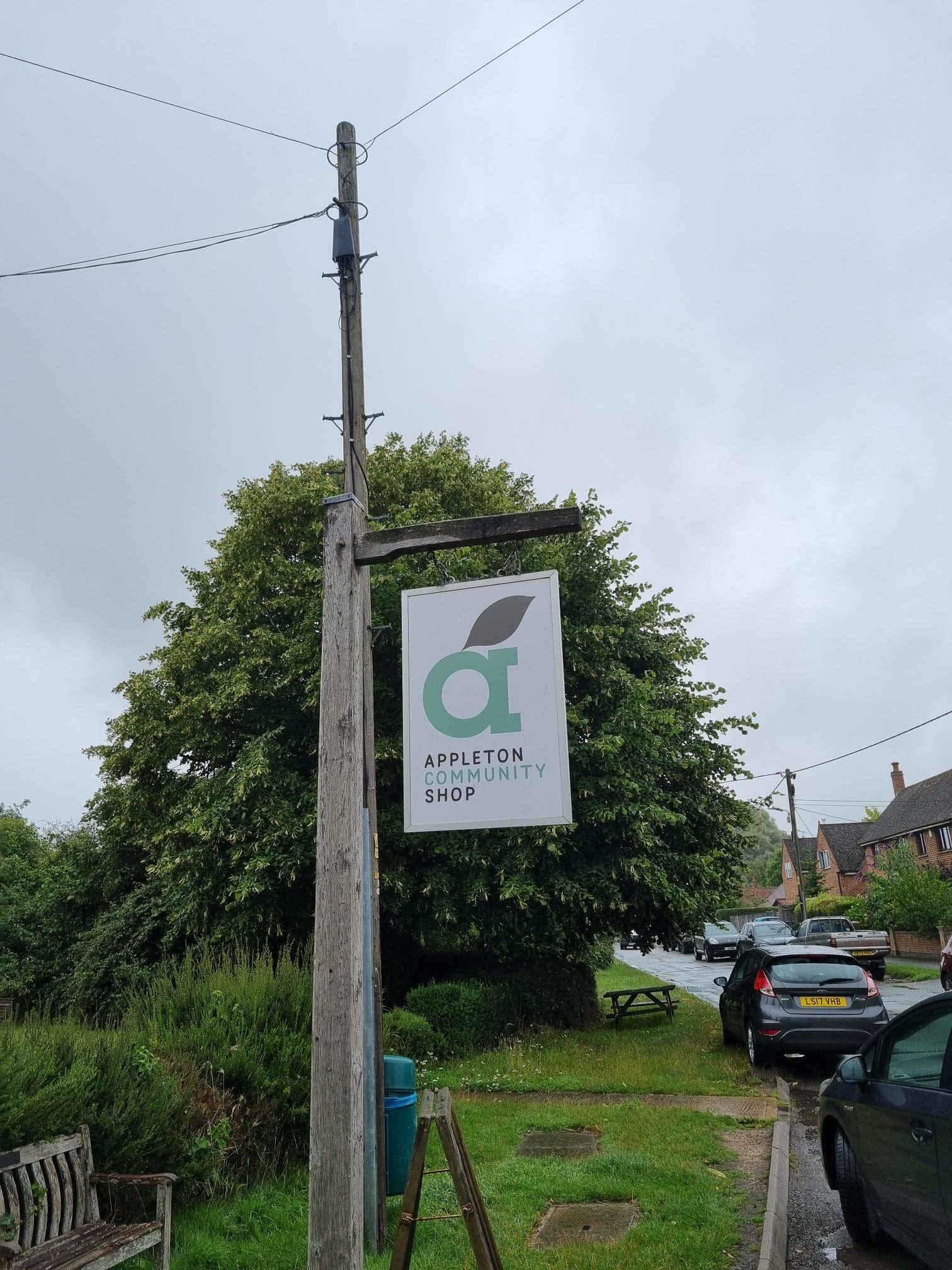Head of Policy and Communications, Chris Cowcher considers if enough is being done to support communities wanting to protect local assets?
If the recent story of the fire at the Crooked House has taught us anything it is that there is still an interest in, and recognition of the importance of assets, such as pubs, to their local community. The public outcry at such a recognisable West Midlands venue being destroyed by fire, and then demolition shows that it is not just ‘local’ communities that have a view but also communities of interest who are committed to protecting cultural and historic assets as well.
What has become abundantly clear, in the days and weeks that have followed the breaking news of the tragic demise of the Crooked House, is that there is still a lack of common understanding about how communities can go about protecting assets ‘of community value.’ Over a decade since the Localism Act was brought in by the Conservative – Liberal Democrat coalition it is shocking to see how inconsistently the Community Rights (a central policy within the Localism Act) are utilised across England.

The White Swan, Gressenhall, Norfolk

Gasworth Hub, Cheshire
A Community Right to Bid… A Community Right to Buy
As a reminder, communities are currently able to list ‘Assets of Community Value’ with a local authority as part of a process by which residents can register their interest in potential longer-term community-ownership of the asset should it ever become available for sale. Being registered as an ACV does not automatically mean it will become community-owned, just that the community will be afforded a 6 month moratorium period, in which time they need to raise the funds required to make a ‘bid’ (this is part of a Community Right to Bid). One of the obvious flaws of the ‘Community Right to Bid’ is that communities are still beholden to having a willing seller, and even more importantly a seller willing to do business at a fair price.
Plunkett has long called for an improvement to the legislation and we believe that a Community Right to Buy would be a much fairer way of allowing communities to have a right of first refusal on assets, not just an opportunity to make a bid. We were delighted to see pledges being made by the Labour and Cooperative Parties, that they supported a Community Right to Buy in future. Now we are in conference season, Plunkett and many other partners will use the opportunity to engage with decision makers in each of the parties to make sure that community-ownership (and more widely community power) is a priority for all of them.
Why wait?
Whilst we wait for change (or no change) however, we must not miss out on the opportunity to continue making use of the legislation available now. CAMRA have been fantastic in terms of mobilising their grassroots campaigners to register pubs as Assets of Community Value. In fact, pubs now account for more than 40% of all ACVs listed across England. We need to learn from what they are doing and bring a similar amount of attention to other assets; so that shops, post offices, cafes, greenspaces, woodlands, historic buildings, community centres etc. are not lost by default.
Plunkett has been managing a platform called Keep it in the Community for the past 2 years and we believe that the site could be part of the solution. KIITC has compiled the most comprehensive dataset for listed, rejected and expired assets of community value in England. With information compiled from all 307 English councils it provides a unique view of how different authority areas are engaging with the legislation at the moment. If we are to improve things right now, then it is local government that needs to be supported to achieve this. Furthermore, we believe that the existence of a national database rather than separate lists for each council (even if the council remains the approving body – given the local connectedness) would improve consistency levels across the country.
Locally elected members and council staff need to be supported with training and information about how the community-ownership model can and is working in places across the country. This level of awareness would help assessment processes, with community ambition supported to a greater degree. Furthermore, councillors and staff should be encouraged to visit and learn from community businesses that are already trading in their authority area. Plunkett would be happy to facilitate site visits, but also local VCSE bodies are often well versed in what asset-based, community and social action is happening at a grassroots level. Put simply we need to raise awareness of the opportunities that exist.
Of course, the other important action which needs to be taken is for any interested groups, wanting to explore community-ownership of assets to be directed to advice and support as soon as possible, to allow their projects to gain momentum. This again will require a level of education and awareness about what is out there, which is why the KIITC platform is linked with MyCommunity – a great place for any new project to start their learning journey.

Appleton Community Shop, Oxfordshire
Let’s act now.
The growing community business movement has proven itself to be impactful and resilient already. With minor tweaks in the application of legislation that already exists we could see the network grow and reach even more communities.
To encourage more community-ownership projects now, we need to see:
- More education and support for local authority staff and elected members about Assets of Community Value – and community-ownership models
- Greater awareness at a grassroots level of the opportunities presented by the community-ownership model
- Simple access to advice and support





